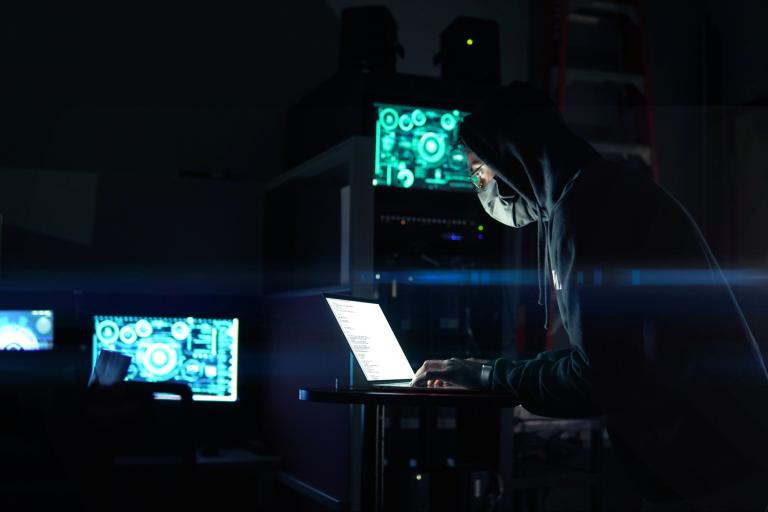Student-Powered SOCs Train Security's Next Generation

Listen to this article
Higher educational institutions are among the most common targets of cyberattacks in the US, but universities increasingly see a silver lining to the threat landscape: Defending against such attacks can be a good training opportunity for the next generation of cybersecurity professionals.
[Security operation centers] at universities have become a necessary solution for multiple issues hobbling the cybersecurity posture of the US public sector, often referred to as state, local, and educational (SLED) organizations. Students gain real-world training, necessary to build a robust cybersecurity workforce, while universities realize cost savings.
A Sustainable Model for Security and Training
SOCs are expensive. Hiring students to handle the effort gives dual benefits of lowering the cost and giving student analysts real-world cybersecurity experience. The LSU SOC costs about $7.5 million a year and serves 26 schools, but they hope to expand to 38 schools by the end of the fiscal year, according to Woolley.
"I give the state of Louisiana a lot of credit for having the foresight to possibly do the dollars-and-cents math that says just having one incident that they have to rectify costs more than the $7.5 million a year to run this SOC," he said.
The thought process was similar at the University of Nevada at Las Vegas, Vito Rocco, UNLV's CISO, said during the panel. While the threat landscape keeps growing for higher education and state and local governments, universities have the resources in their students to do something about the problem. UNLV has teamed up with the office of the CIO for the State of Nevada and Nevada's Office of Cyber Defense Coordination to begin building out a statewide capability to support smaller communities, towns, and counties that would otherwise not have the resources to defend themselves, he said.
Read the rest of the article on the Dark Reading website.


